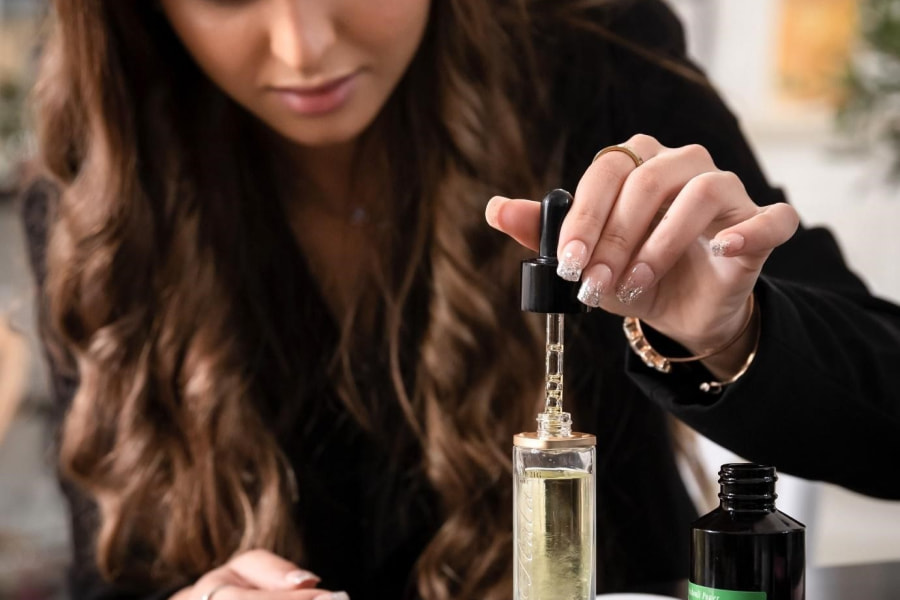matechcorp.com – Perfumery is a timeless art that intertwines science and creativity to craft scents that captivate the senses. From ancient rituals to modern luxury, the creation of perfumes has evolved into a sophisticated industry dedicated to developing olfactory masterpieces. This article delves into the intricate process of perfumery, exploring the journey from raw materials to the final fragrant product.
The History of Perfumery
The art of perfumery dates back thousands of years, with its roots in ancient civilizations such as Egypt, Mesopotamia, and India. These early societies used natural ingredients like flowers, resins, and spices to create aromatic concoctions for religious ceremonies and personal adornment. As trade routes expanded, the exchange of exotic materials and techniques laid the foundation for modern perfumery.
The Science Behind Scents
Perfumery is a blend of art and science, requiring a deep understanding of chemistry and olfaction. Perfumes are composed of aromatic compounds that can be natural extracts or synthetic molecules. These compounds are categorized into three notes:
- Top Notes: The initial impression of a fragrance, often light and volatile, lasting a few minutes to an hour. Common top notes include citrus and herbal scents.
- Middle Notes: Also known as heart notes, these emerge as the top notes fade, providing the main body of the fragrance. Floral and spicy scents are typical middle notes.
- Base Notes: The foundation of a perfume, base notes are rich and long-lasting, developing over several hours. Common base notes include woods, musk, and amber.
Crafting a Perfume
The creation of a perfume involves several steps:
- Concept Development: Perfumers, often called “noses,” begin with a concept or inspiration, such as a memory, place, or emotion, to guide the scent’s development.
- Selection of Ingredients: Choosing the right combination of ingredients is crucial. Perfumers blend natural and synthetic materials to achieve the desired olfactory profile.
- Formulation: Perfumers meticulously balance the top, middle, and base notes to ensure a harmonious and evolving fragrance experience.
- Aging and Testing: Like fine wine, perfumes often require aging to allow the ingredients to meld and mature. Testing on skin is essential to evaluate the fragrance’s interaction with body chemistry.
- Finalization and Bottling: Once perfected, the perfume is bottled, often in exquisite packaging that reflects the fragrance’s character.
The Role of Innovation
Modern perfumery continuously evolves with advancements in technology and sustainability. Innovations in synthetic chemistry allow for the creation of new scents and the replication of rare or endangered natural ingredients. Additionally, there is a growing emphasis on sustainable sourcing and eco-friendly production methods.
The Cultural Significance of Perfumes
Perfumes hold a unique place in culture and society, serving as expressions of identity, luxury, and art. They evoke emotions, trigger memories, and enhance personal presence. The choice of scent can be deeply personal, reflecting individual tastes and moods.
Conclusion
The art of perfumery is a testament to human creativity, blending science and artistry to craft scents that enchant the nose and soul. As the industry grows and innovates, perfumes will continue to be a cherished part of human experience, celebrating the beauty and complexity of the olfactory world.

